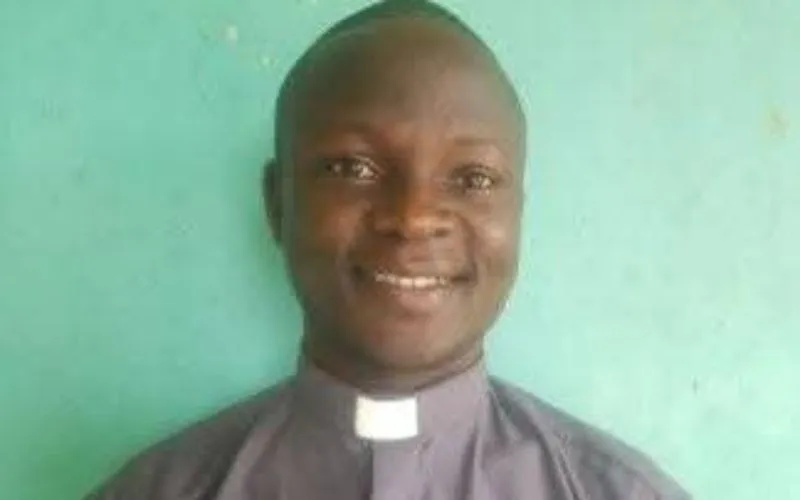“This is when they are in catechism class, the parochial school, youth choir, serving at the altar, and receiving the sacraments,” Gruenewald said. She emphasized the need to support young people in discerning a vocation whenever they hear it.
“This should be a wake-up call for bishops, priests, and laity. They do not have to accept this decline,” Gruenewald told CNA. “We have seen the number of seminarians increase dramatically when dioceses are intentional about engaging their priests and laity for vocations.”
Fostering vocations: a way forward
The Vocation Ministry report makes recommendations for bishops, vocations offices, and all Catholic laity.
Grunewald told CNA the Vocation Ministry organization has helped improve vocation numbers, especially in the dioceses of Peoria, Illinois; Ogdensburg, New York; Stockton, California; and Lansing, Michigan.
(Story continues below)
The report offers a few concrete suggestions:
-
It questions the rapid turnover rate among dioceses’ vocations directors, who hold that role on average for only three years.
-
It suggests that the “sharpest, most capable priests” should not necessarily be assigned to large parishes, where they can become exhausted and less able to foster vocations.
-
Families should participate in a parish-based vocations ministry, while religious education programs for children and teens should cultivate “hearts for Christ.” Young men must receive “a consistent and encouraging message” about vocation discernment, the report says.
-
Priests should be healthy, holy, and focused, taking the fostering of vocations seriously “throughout parish life.” With the help of other Catholics, they should avoid the dangers of being overworked and make time to focus on sources of vocations in young adult ministries, altar service, and other areas.
-
Bishops, the report recommends, should be holy, inspirational, and trusted by their priests and seminarians.
Among the report’s sources is the Center for Applied Research in the Apostolate (CARA), based at Georgetown University in Washington, D.C.
Father Thomas Gaunt, SJ, executive director at CARA, told CNA he agreed with the report’s focus on the importance of a relationship with a priest and of parish activities to encourage and foster vocations.
“I think that’s well-grounded and very important. Vocations are inspired by relationships,” Gaunt said.
He cited a saying popular among Jesuits: “We don’t have Jesuits who are inspired to become a Jesuit because of the president of the school. But we have a lot who were inspired by their English teacher.”
However, he questioned some of the report’s methodology. He voiced “some concern” about the usefulness of the population statistics in the report, given the mobility of Catholics.
“Where there’s a growing population doesn’t necessarily indicate that the Church is any more successful. It just means there are more jobs. Or if there’s a diminishing population, it’s not that the Church is less successful. There are fewer economic opportunities,” Gaunt said.
The bishops and pastors of the Northeast and Midwest face “a very different set of daily issues” than those in the South and West, he said. The former are “maintaining huge facilities where there’s not as big of a Catholic population” while the latter face a situation of such growth that “no matter how many more parking spaces you build, you still have people who can’t get into church.”
“Those are big factors that go on that really impact the measure they use. In these items, take it with a grain of salt. They’re not trying to address those impacts,” he said.
Kevin J. Jones is a senior staff writer with Catholic News Agency. He was a recipient of a 2014 Catholic Relief Services' Egan Journalism Fellowship.








